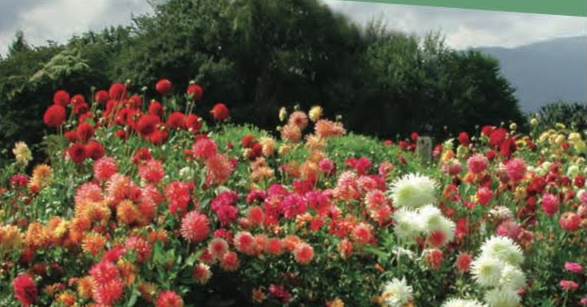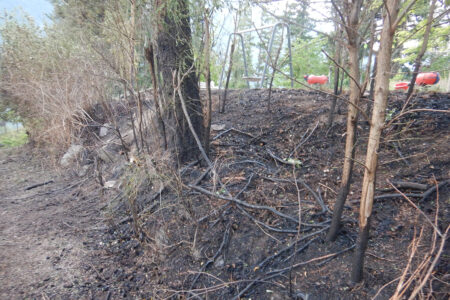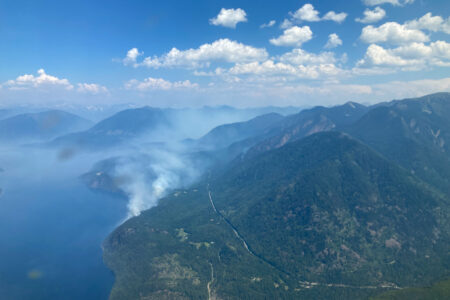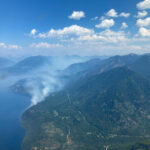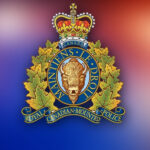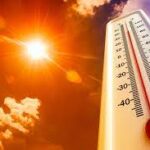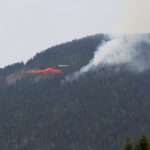Self isolation provides time for yard work, seeding, gardening
The Boundary Invasive Species Society has a new office. The new office is in the Riverside Centre in Rock Creek.
However, due to Covid-19 our office is currently closed to the public, but we will let you know when this changes.
You can still contact us with questions. We would like to especially acknowledge and thank the Phoenix Foundation of the Boundary Communities and the Grand Forks Credit Union’s Donor Advised Fund.
We are looking forward to using our new office furniture.
As spring slowly arrives and most of us are staying home, now is a great time to start thinking about yard work, seeding and gardening. Being a good steward of the land and growing things will help to reduce stress and can be a lot of fun.
It is so satisfying to see your hard work come to fruition. Whether that is enjoying food that you have grown, seeing butterflies, bees and birds in your yard, or the knowledge that by stopping the spread of invasive species you have helped protect our valuable ecosystems. Competition from grass can keep many weeds from taking over and is very important for long term invasive plant management.
What you seed depends on the conditions and use of the site. For more information on types of seed and what to plant you can get in touch with your local seed store or farm supply. The choice of grass will depend on whether it is irrigated or not and the land use (pasture, field, roadside, grassland, lawn etc.). Native grasses are great but can take a bit more work to establish so be prepared for the extra time.
Flowers are important to the ecosystem so do not plant wildflower seed mixes. Most contain at least one type of invasive plant. Single species flower packets are less likely to be contaminated with invasive plants. Native plants require less water and are the best choice for all our native pollinators, birds and animals.
You can search Grow Me Instead BC for information on plants to avoid and on which native and non-invasive plants you can grow instead. Many of the greenhouses and nurseries are open. They are very knowledgeable on what will grow best in your area.
The Boundary has many different zones so it’s a good idea to plant things that will grow where you live.
For more information on invasive species contact the Boundary Invasive Species Society info@boundaryinvasives.com, www.boundaryinvasives.com, on Facebook and 250-446-2232.
Submitted by Jen Haynes, Education Coordinator, Boundary Invasive Species Society


